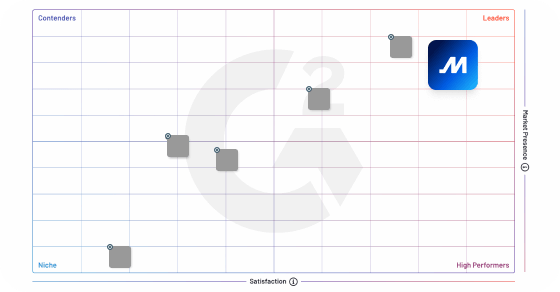The 60-70 hour rules are an essential aspect of the trucking industry that regulates driving hours and rest periods for truck drivers. These rules are designed to ensure the safety of drivers, their cargo, and other motorists on the road by limiting the hours a driver can be behind the wheel.
The 60-70 hour rules refer to the maximum number of hours a driver can operate a commercial motor vehicle (CMV) within a seven or eight-day period. The rules are divided into two categories, the 60-hour rule, and the 70-hour rule. The 60-hour rule limits the total number of hours a driver can work to 60 hours in seven consecutive days, while the 70-hour rule limits the total working hours to 70 hours in eight consecutive days.
Under the 60- and 70-hour rules, a driver cannot drive more than 11 hours a day and must have a break of at least ten consecutive hours before starting a new shift. Additionally, drivers are required to take a 30-minute break after eight hours of driving.
The 60-70 hour rules are enforced by the Federal Motor Carrier Safety Administration (FMCSA) in the United States. Violations of these rules can result in significant fines and penalties, including the revocation of a driver’s license. The rules are in place to ensure that drivers have enough rest and are not overworked, which can lead to fatigue and other safety hazards.
Frequently Asked Questions
What does the 60/70-hour rule mean?
The 60/70 hour rule is a regulation that limits the amount of time a commercial driver can operate a vehicle in a given week. Drivers can only work up to 60 hours in a 7-day period or up to 70 hours in an 8-day period, after which they must take a break for a minimum of 34 consecutive hours. The rule is designed to prevent driver fatigue and ensure the safety of both the driver and other motorists on the road.
Is the 60/70-hour limit based on a rolling or floating 7-day or 8-day period?
The 60/70-hour limit for commercial drivers is based on a rolling 7-day period. It refers to the maximum number of hours a driver can be on-duty, including driving and non-driving activities, before they are required to take a rest period. The rolling 7-day period means that the driver’s hours are continuously evaluated based on the preceding 7 days, rather than a fixed calendar week or specific 8-day period.
Which exception resets the 60- or 70-hour limit?
The 34-hour restart exception resets the 60- or 70-hour limit. This exception allows drivers to reset their weekly driving limit by taking a continuous 34-hour rest period, which must include two periods between 1 a.m. and 5 a.m. This exception is available once every seven days and helps drivers manage their hours of service while still maintaining safety on the road.
What is the 70 hours in 7 days rule?
The 70 hours in 7 days rule is a regulation for commercial drivers in the United States that limits the amount of time they can drive within a seven-day period. Under this rule, drivers can work a maximum of 70 hours over seven consecutive days, with a mandatory 34-hour break after reaching that limit. This regulation is enforced by the Federal Motor Carrier Safety Administration (FMCSA) to improve safety on the roads.



